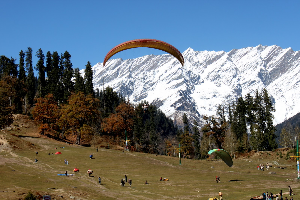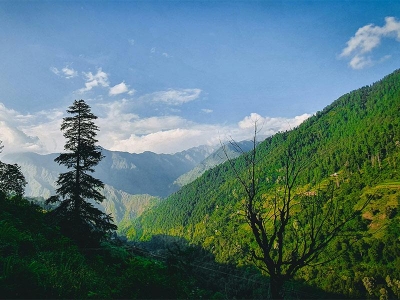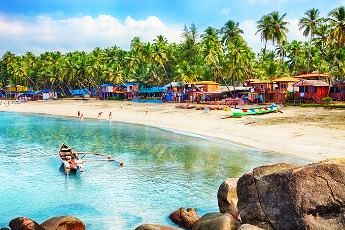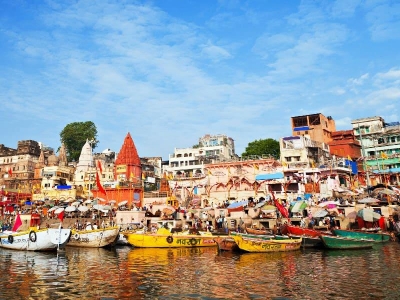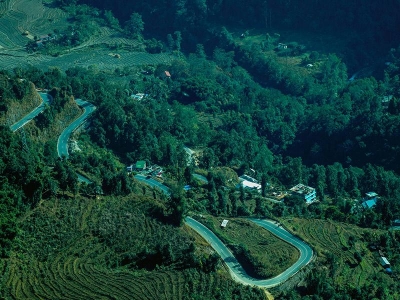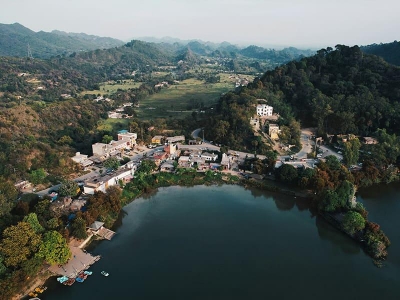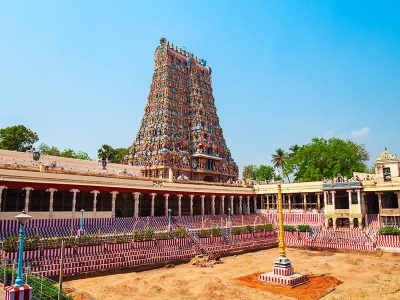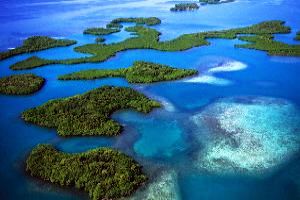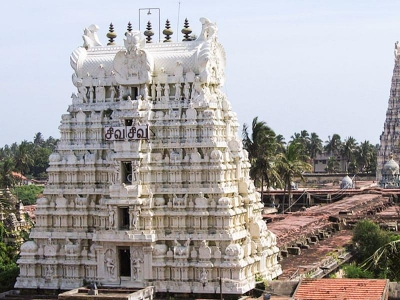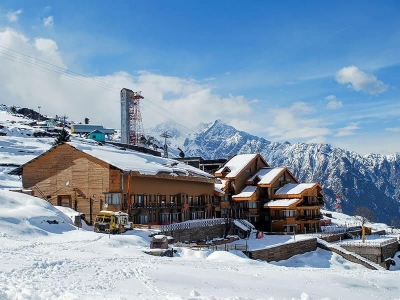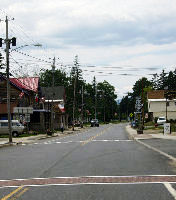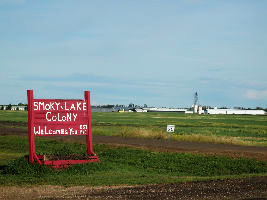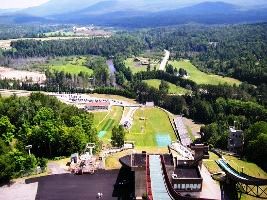Sundarban
Places to visit in West Bengal
Things to do
Packages
Ideal Days
Best time to visit
Currency
About Sundarban
The Sundarbans is a mangrove area inside the delta fashioned through the confluence of Ganges, Brahmaputra and Meghna Rivers inside the Bay of Bengal. It spans from the Hooghly River in India's kingdom of West Bengal to the Baleswar River in Bangladesh. It incorporates closed and open mangrove forests, agriculturally used land, mudflats and barren land, and is intersected by multiple tidal streams and channels. Four covered areas within the Sundarbans are enlisted as UNESCO World Heritage Sites, viz Sundarbans National Park, Sundarbans West, Sundarbans South and Sundarbans East Wildlife Sanctuaries.
The Sundarbans mangrove woodland covers a place of approximately 10,000 km2. In West Bengal, they extend over 4,260 km2 across the South 24 Parganas and North 24 Parganas districts. Forests in Bangladesh's Khulna Division expand over 6,017 km2. The most considerable tree species are Sundri and Gewa. The forests offer habitat to 453 faunal natural world, together with 290 fowl, 120 fish, 42 mammal, 35 reptile and eight amphibian species. Despite a total ban on all killing or capture of natural world apart from fish and a few invertebrates, it seems that there is a regular sample of depleted biodiversity or lack of species within the 20th century, and that the ecological high-quality of the forest is declining.
Sundarban Tour Packages
Magical 5 Days 4 Nights Sundarban, Kolkata with Gangasagar Holiday Package
Heart-warming 8 Days 7 Nights Sundarban Vacation Package
Ecstatic 9 Days 8 Nights Dhaka, Sundarban with Sylhet Holiday Package
Beautiful 9 Days 8 Nights Dhaka, Khulna with Sundarban Vacation Package
Beautiful 15 Days Sundarban Beach Holiday Package
Sundarban Rating & Reviews


- Home
- India
- Sundarban Tours
- About Sundarban
- Log in
- Enquiry Form
To City (Destination)
From City
Travel Date
Travel Duration (In Days)
Adult
Child
Infant
Travel With
Hotel
Rooms
Type of Trip
Total Budget (in INR)
Ticket Booked ?
Ticket Required?
Mode of Transport
Ticket Category
I will book
Date of Birth
Gender
Marital Status
Income (Per Month)
Nationality
Preferred Language
Total countries visited so far
Do you have a Visa ?
Do you have a Passport?
Preferred Time to Call
We have identified additional inquiries related to your tour. Please review them and let us know if there are any inquiries you would like us to remove.
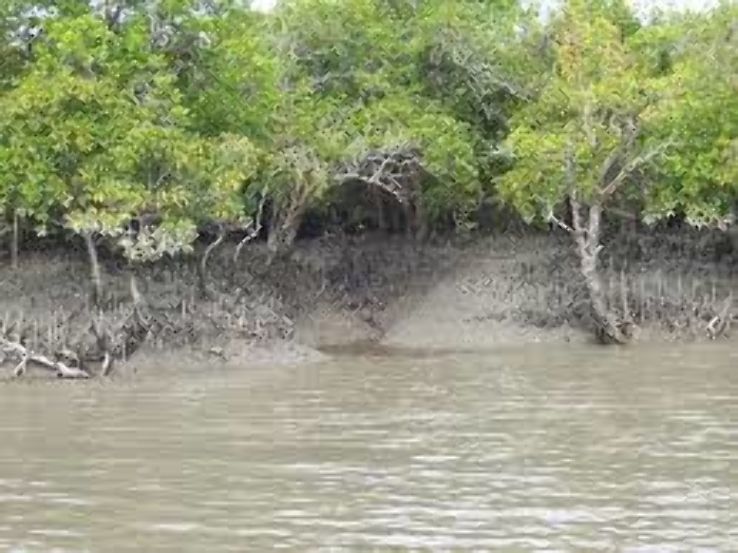
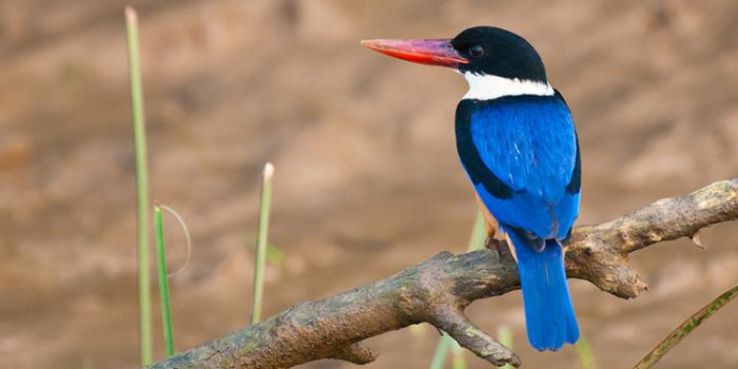
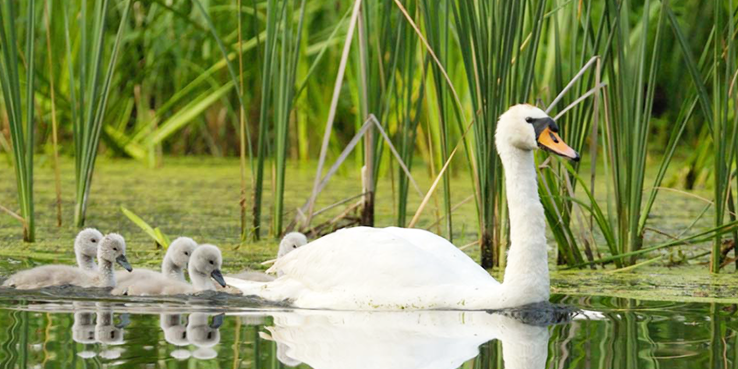


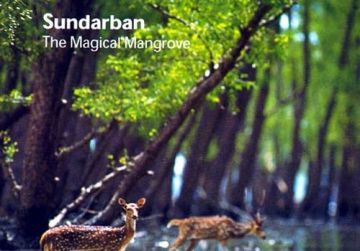
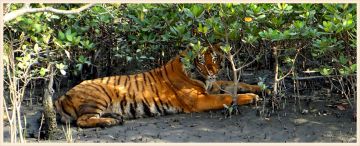
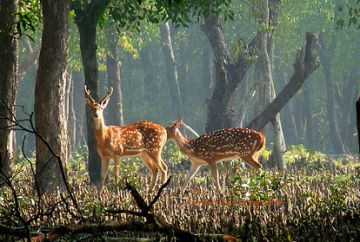
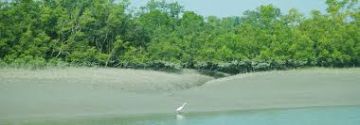
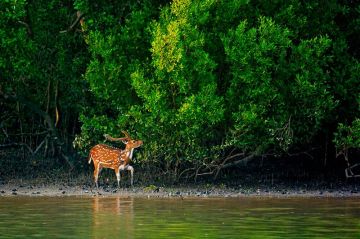

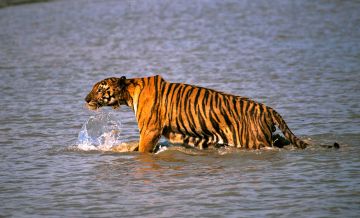
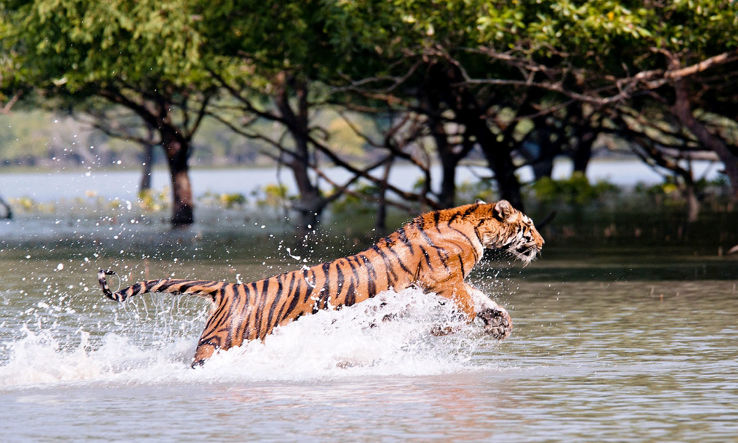


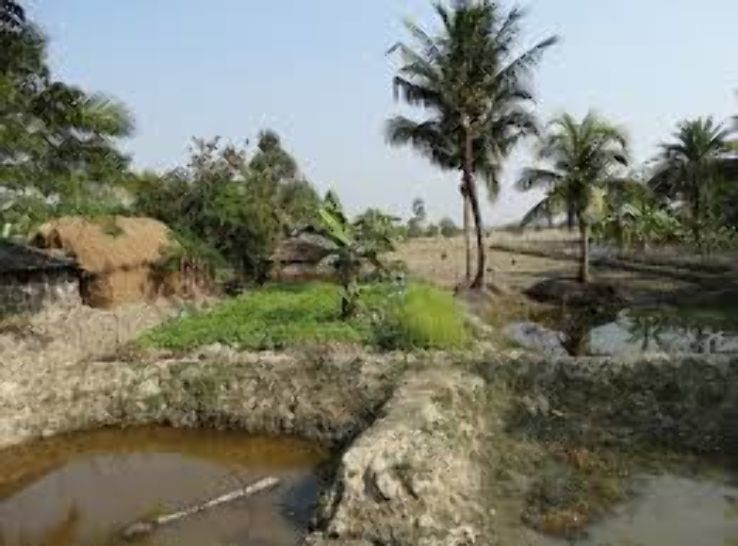
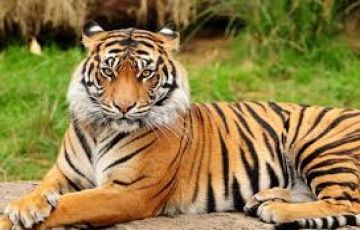

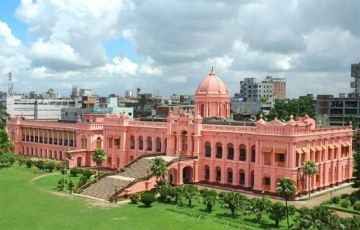
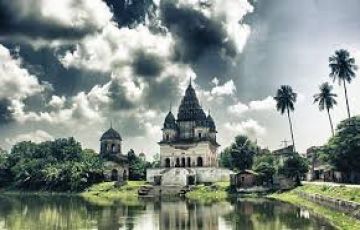
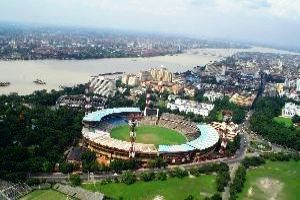
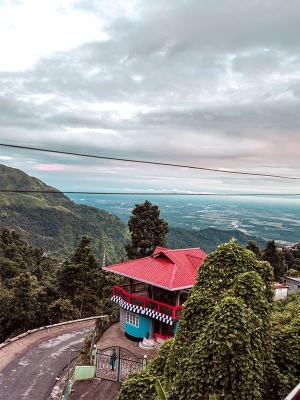
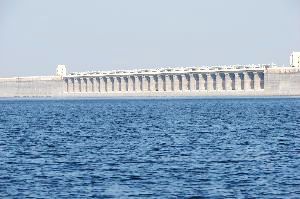
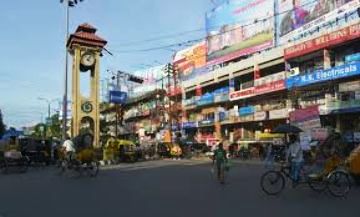
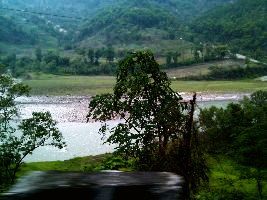
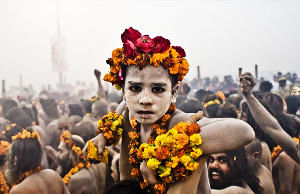
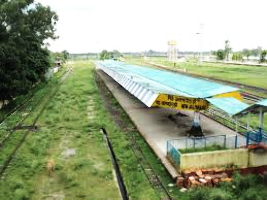


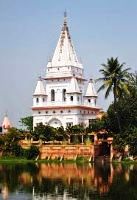
_1538634884m.JPG)

